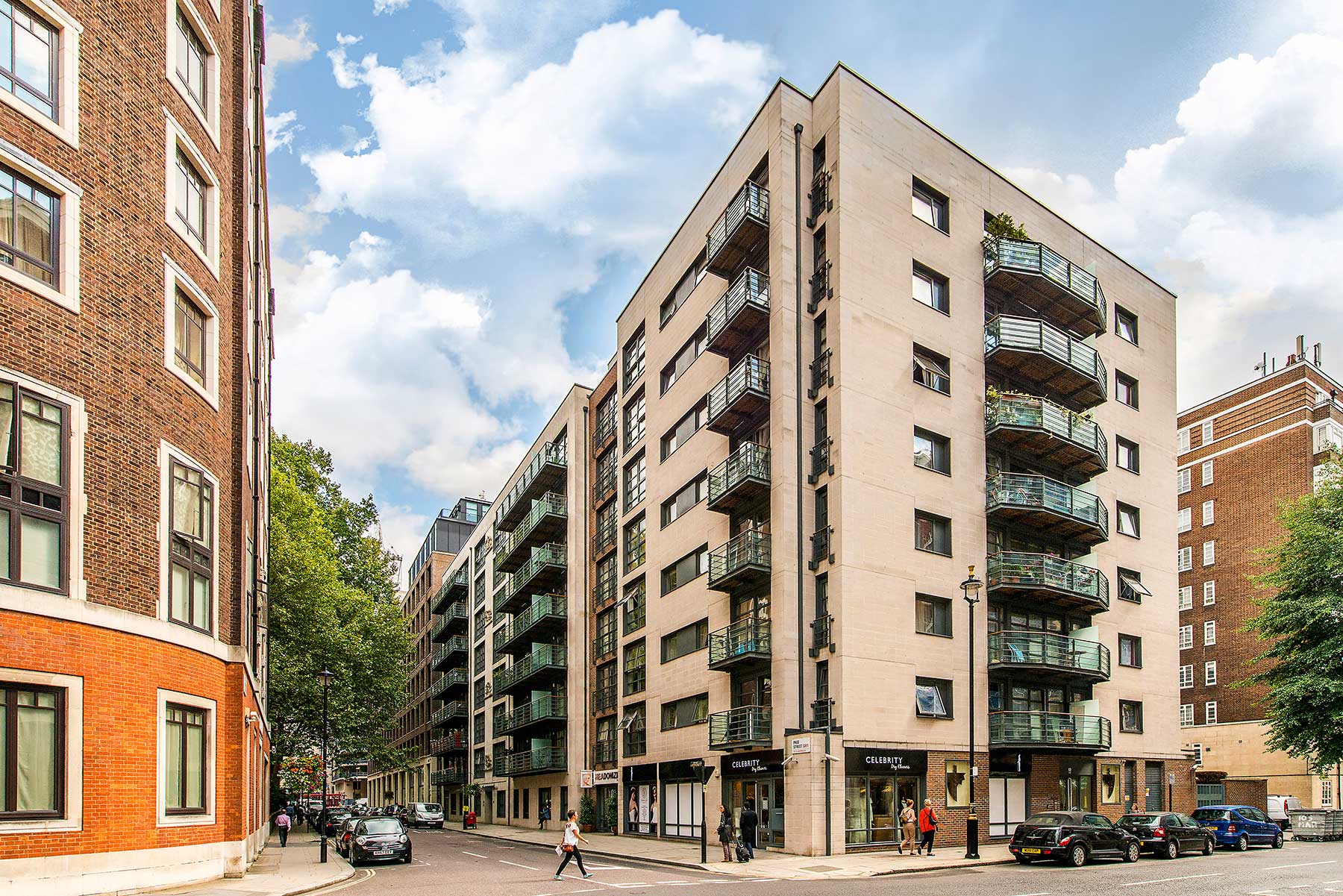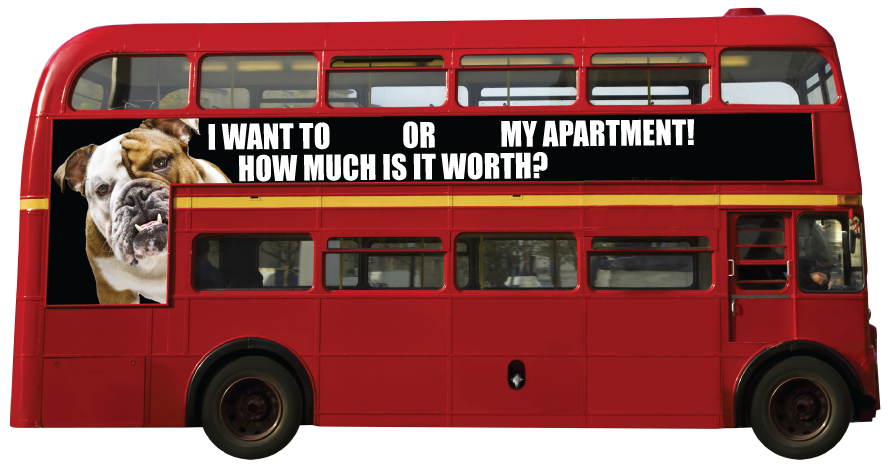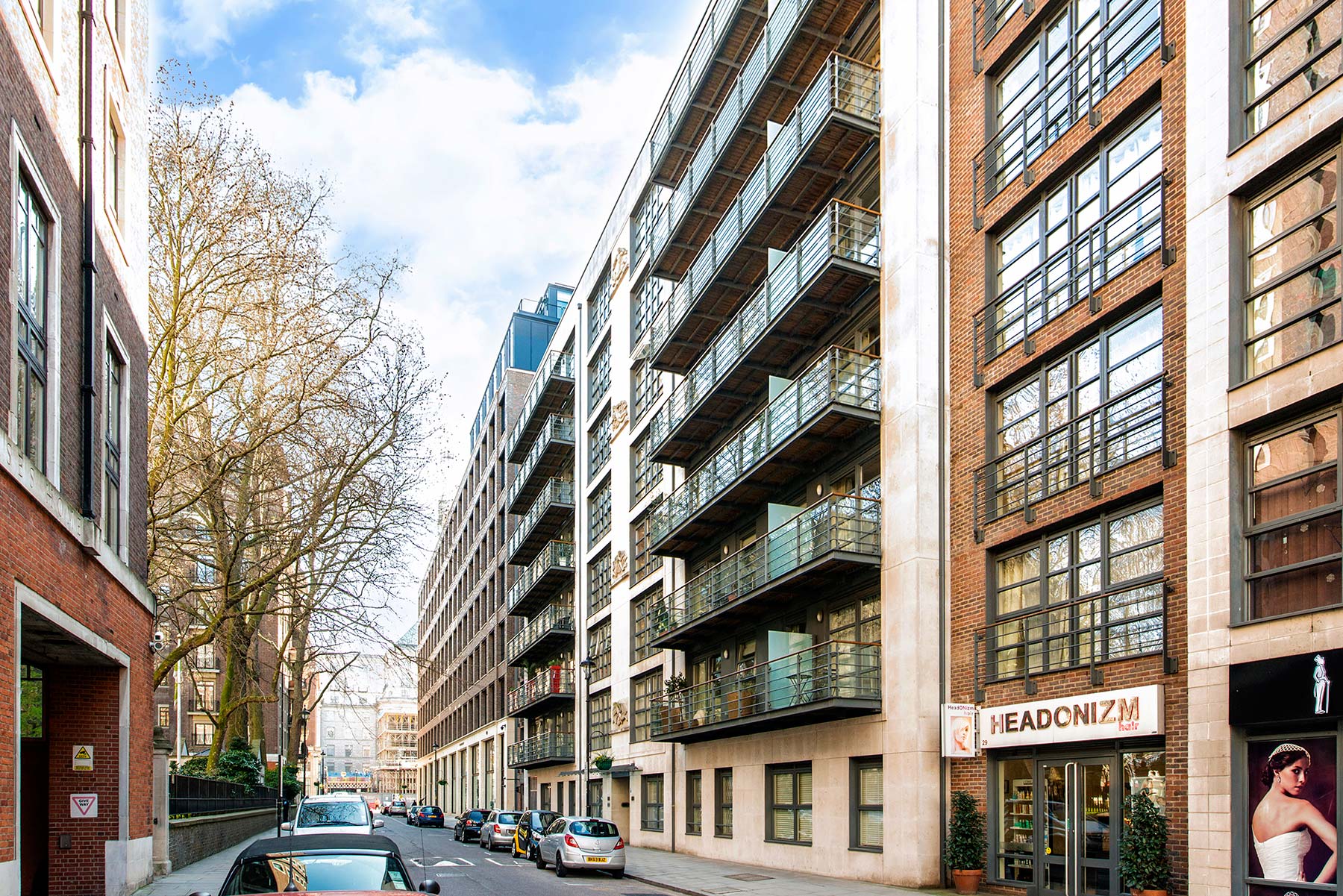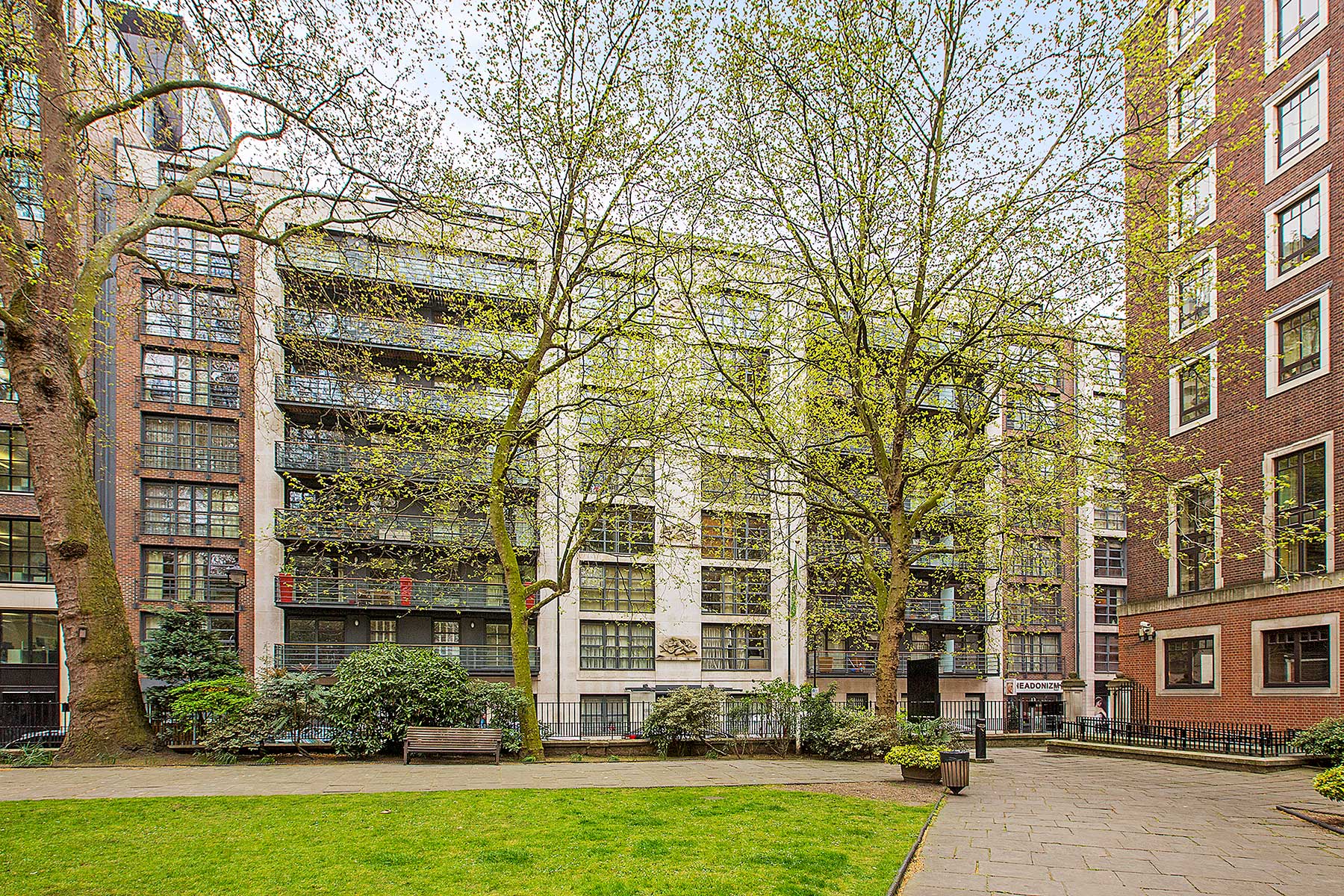
Available Sales or Lettings Properties within Neville House
We do not share the information you provide with any third parties.Neville House, an Overview
Situated at the East End of Page Street, Neville House overlooks the peaceful green square that is St John’s Gardens. It is therefore sometimes difficult to believe that Neville House is also in the heart of Westminster with many government buildings just a few minutes’ walk away, along with supermarkets, pubs and restaurants.
As a result, Neville House typifies modern central London living, that being, the best of contemporary architecture and design, considerately nestled amongst century’s old green spaces. Senior political figures, diplomatic officers and a cosmopolitan jet-set are the types of residents that Neville House attracts. Parochial, nimby’s need not apply!
A History of Neville House
A tale of two lives, the original Neville House is believed to have been constructed in the 1950s and is most probably named after ex-Prime Minister Neville Chamberlain.
Originally a seven-storey government office building, Neville House had a public bar built on the ground floor called the Paviours Arms. While this may seem unremarkable it was unusual for a number of reasons. Firstly it was just not very common for a designated office building to have a commercially-run bar. Secondly, it was reputedly the only art deco pub in London and was sumptuously fitted out with smoky mirrors, chrome finishes and had an air of decadence that most English pubs lack. Also, the name ‘Paviour’ literally means one who lays paving stones, hardly the most exciting of references, though it could also refer to a decorative form of paving, but again an unusual heritage if so. Finally, while Neville Chamberlain was a respected politician, he was not a very fondly remembered politician, especially in the 1950s post-war era. Chamberlain was not the most sociable of people, after being taken into the smoking-room at the House of Commons by Lord Dunglass (Later Alec Douglas-Hume) to socialise, a silence fell and the Prime Minster never repeated the exercise. It, therefore, seems somewhat ironic that a building named after him should have an exuberantly decorated bar as its ‘wow factor.
In 2003 the original Neville House was demolished to be replaced by the minimally elegant residential block we see today.
One aspect that was saved, however, are the four bas-relief sculptures that were commissioned by TP Bennett for the facia of the original building. Designed by renowned sculptor Edward Bainbridge Copnall, the sculptures reference a time of dynamic optimism, which even in the 1950s seemed almost a world away. In the frieze representing transport, the car and ocean liner seem antiquated while in the relief depicting ‘office life’ a figure is drowned in paperwork holding out a ringing telephone perhaps more accurately predicting that red tape would remain a burden rather than bureaucratic efficiency being a benefit.
Living & Investing In Neville House
Neville House will attract those looking for longer-term investment and steady yield and is therefore suitable for owner-occupiers or professional landlords.
The range of generously proportioned one, two and three-bedroom flats across the seven floors of the development caters to all lifestyles; from single occupiers using it as a pied-a-terre or couples choosing it as their main residence. More mature purchasers may regard it as a second home and a way of keeping a foothold on the London property market.
With superbly finished interiors and offering all mod-cons, these flats typify contemporary urban living featuring recessed ceiling lights, ample storage and floor to ceiling windows, many of which overlook the historic St John’s Gardens.
Residents of Neville House will have purchased with the central location in mind as well as convenient access to counties (and countries!) beyond London.
City airport, Heathrow and Gatwick all being within a commutable distance and Eurostar being an approximate 15-minute tube journey or taxi ride.
Neville House & Beyond
One of the most endearing features of Neville House has to be the imposing, art-deco style bas-reliefs by Edward Bainbridge Copnall that adorned the original Neville House and are now situated above the main entrance.
The first is ‘Engineering’ represented by a muscular engineer, a large ratchet in one hand and a lever in the other, attempting to turn cogs in a vignette reminiscent of Fritz Lang’s Metropolis. The international jet-set might conjure up images of Ivanka Trumps Metropolis inspired jewellery collection, though hip Londoners are more likely to cite Bobby Whites Men’s Motion Rings.
Transport, the second frieze on Neville House has a plethora of trains, planes and automobiles that had a retro feel even in the 1950s. However in 2014 they suddenly seem right on trend as Thomas Heatherwicks’s design for London’s route-master buses are rolled out across the capital and the London Transport Museum’s café continues to be one of the quirkiest, (is-this-really-cool-or-just-naff?) meeting places!
Answering to the post-war-governments rallying cry of ‘Export or Die’ the third relief is ‘Trade’. Once again an athletic nude displays the thrusting vitality of a recovering Britain. Soho is an excellent example of the sort of trade that flourished during and after the Second World War. In particular and despite the growth of online material, Soho still boasts a number of independent record shops including Sister Ray and Reckless Records on Berwick Street. Rough Trade can be found in both shops, Rough Trade being of course the world-famous independent record label with its own two outlets in London and a third in New York.
The fourth Copnall sculpture illustrates ‘Bureaucracy’. One suspects it was supposed to show the increase in leisure time that improved administrative procedures would bring but other than the omission of a computer nothing in the sculpture seems to have changed much! Wandering around London at night, there is certain bewilderment seeing the lights of offices go on and off as figures silhouetted against strip lights continue to work and one cannot help but wonder what they are doing, and if they were to stop would our world really grind to halt?
If you are a resident of Neville House then it is likely that you work hard, but being so close to the heart of London’s administrative life at least it is only a moment’s walk before being able to close your door to the rest of the world, kick off your shoes, turn off the light and sleep to dream of well-deserved luxury.
Neville House














